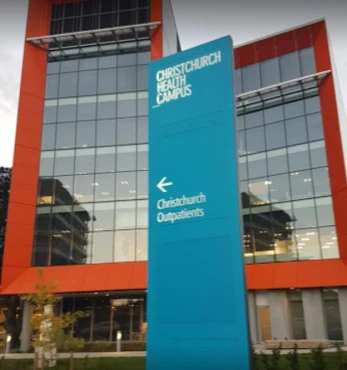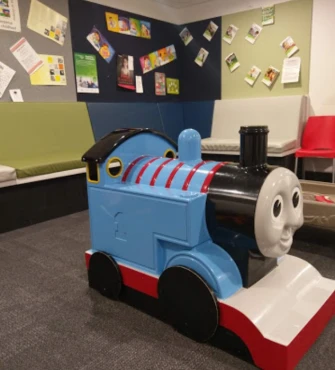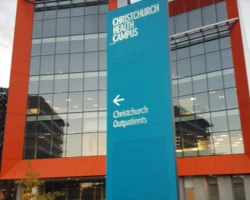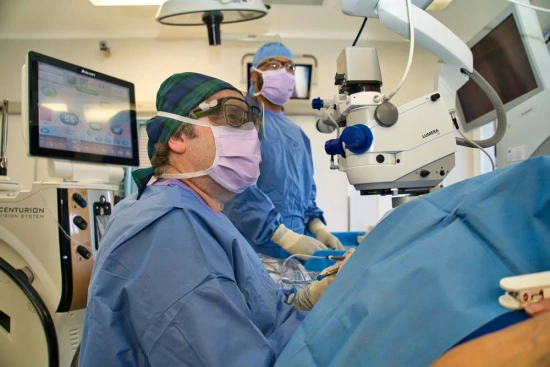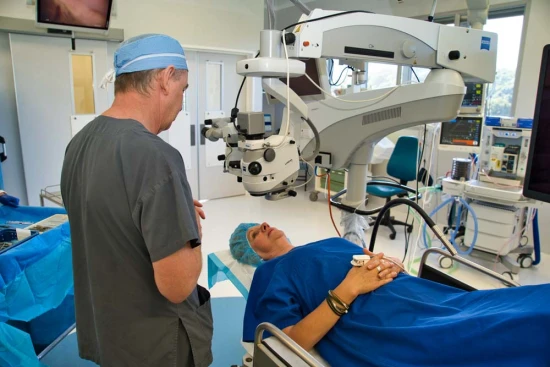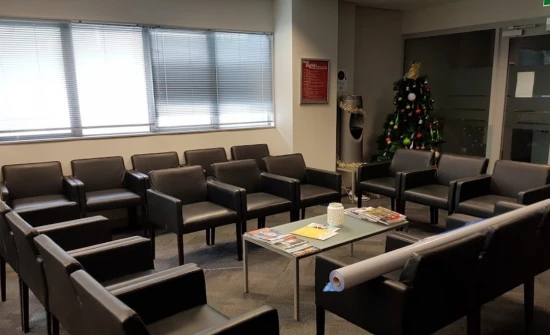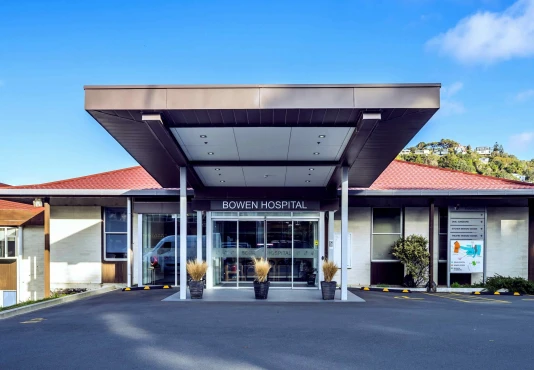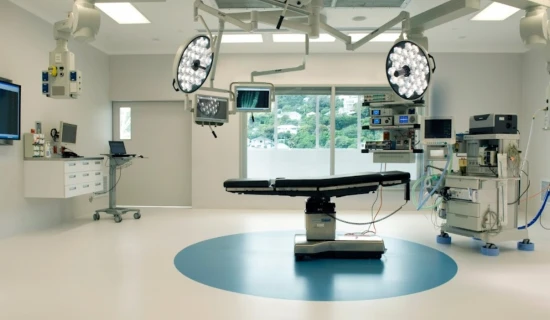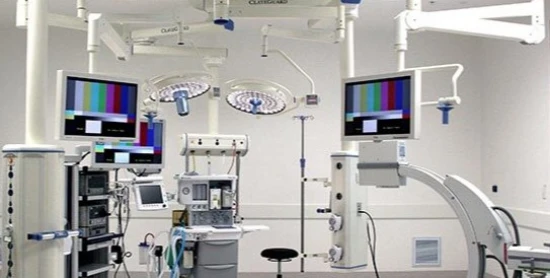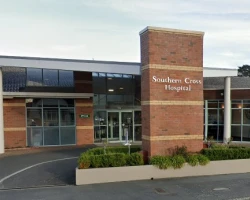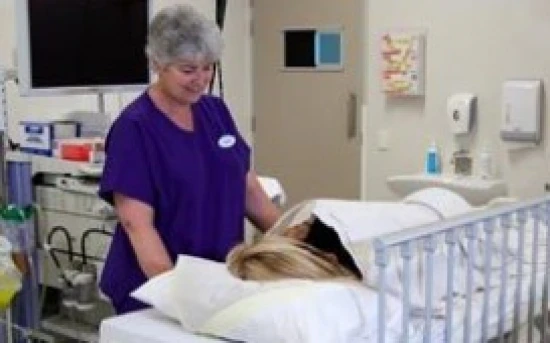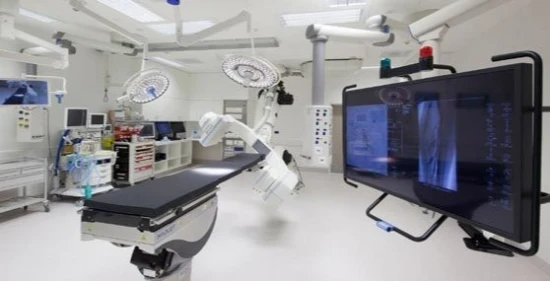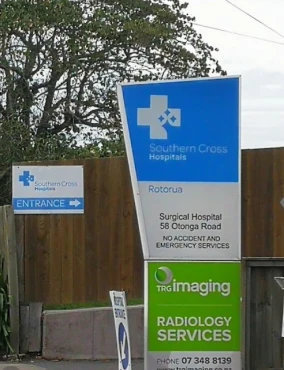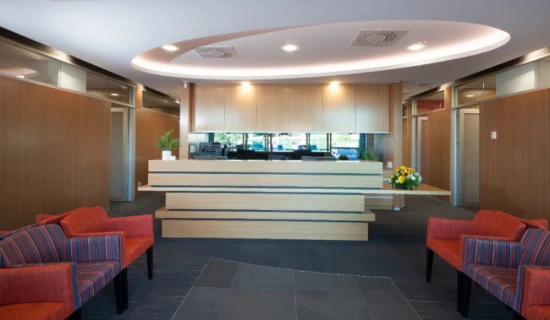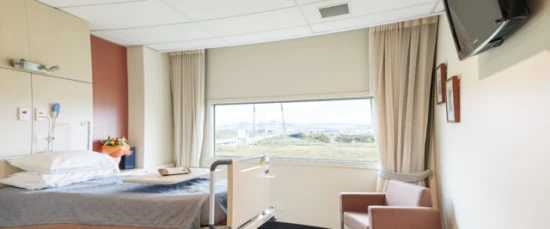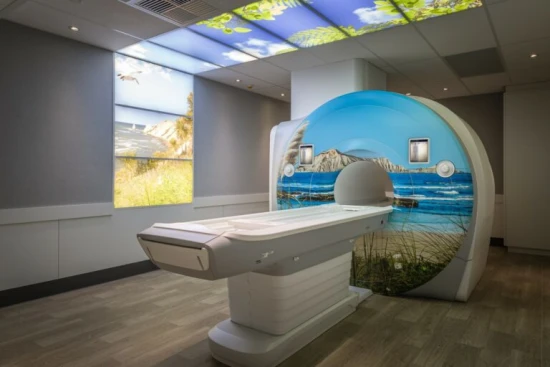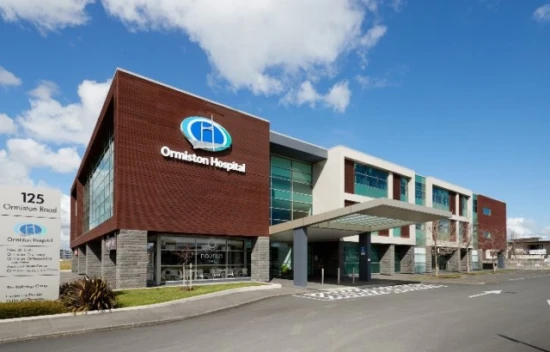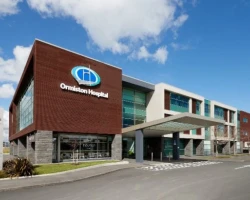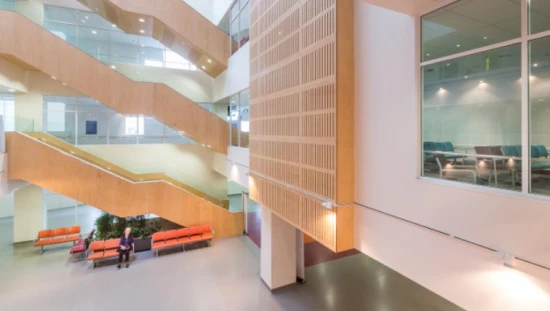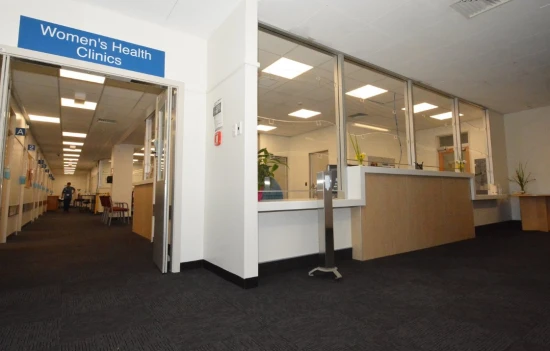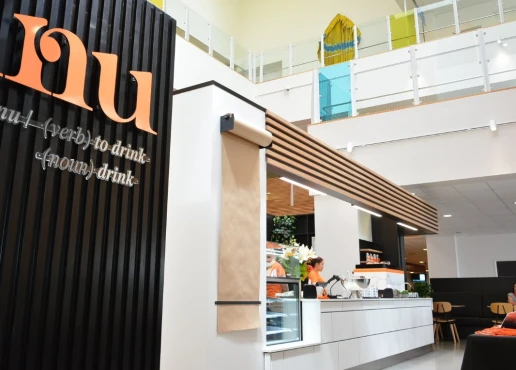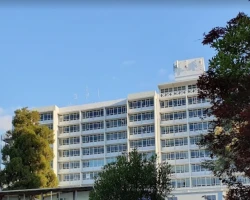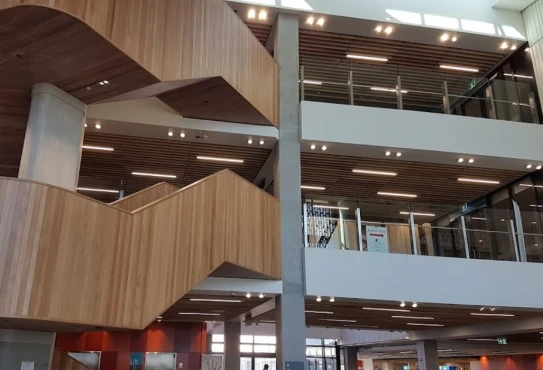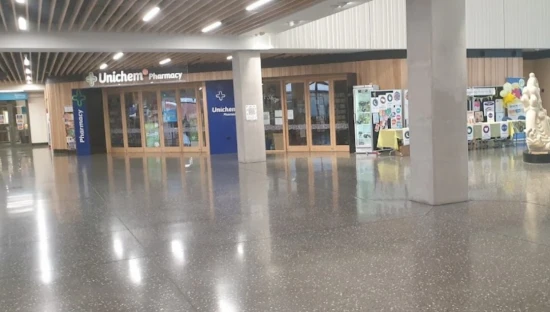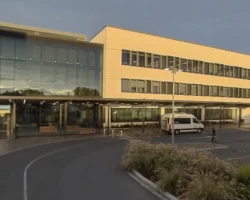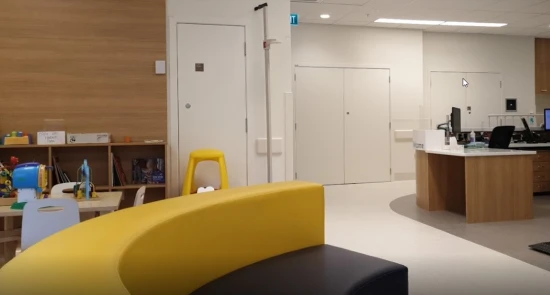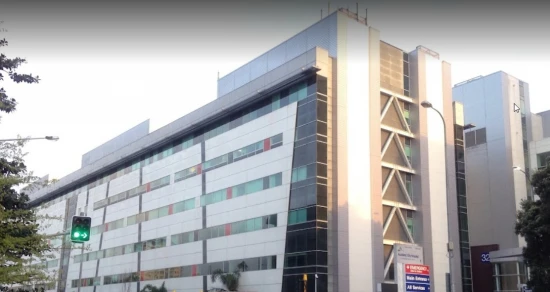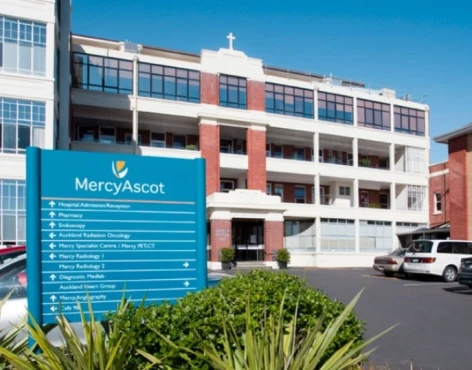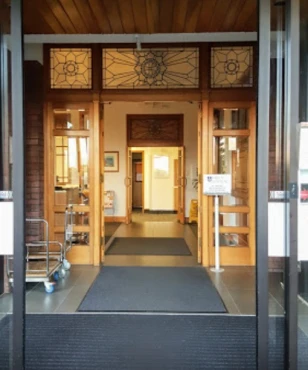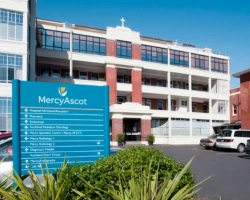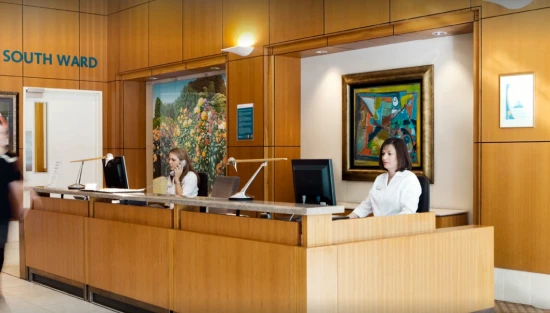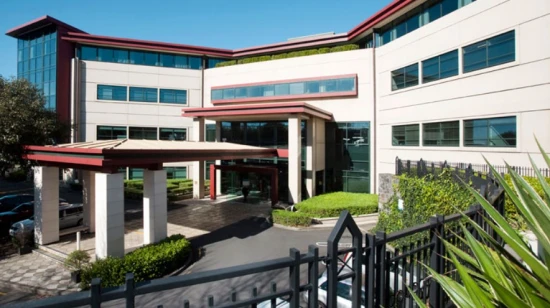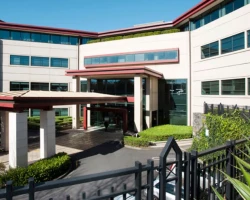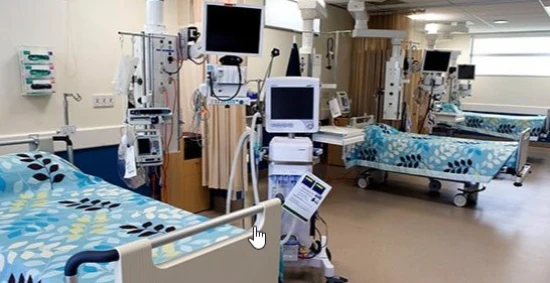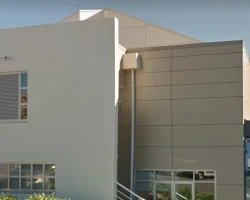How Tenotomy in clinics is safe & superior to other procedures?
In this article, you will get all information about the procedure of tenotomy. Moreover, we will also talk about its benefits, and guidelines for a good post-op recovery.
Let’s find out what tenotomy is. Who are the candidates for this procedure? What are the types of tenotomy and how this procedure is performed? You will also know about its benefits and the steps required in the rehabilitation process.
What is tenotomy?
Tenotomy means lengthening or shortening tendons by making cuts or incisions. Tendon is a tissue that connects muscles to the bones. Tenotomy is a procedure that is used for the treatment of tendinopathies. Tendinopathy includes tendinitis, tendinosis, and other disorders of tendons causing pain. In this procedure, your surgeon may either insert a needle or make an incision in your tendon.
How does it work?
Tendinopathy involves a number of diseases that causes pain. In these conditions, the collagen fibers in tendons get disrupted. They become uneven, forming scars, tears, and calcifications. These changes not only cause pain but also weaken the tendon. These changes can be appreciated with the use of ultrasound scans. Sticking a needle in the target location repeatedly causes disruption in degenerative changes. It causes bleeding resulting in the release of growth factors. These growth factors help in new collagen formation and healing of the target area.
What does tenotomy treat?
Tenotomy is used to treat tendinopathies throughout the body. It can be performed on people of all ages. The most common tendinopathies in which this procedure is performed are:
- Achilles tendon injuries and inflammation; Achilles tendon attaches calf muscles to the heel bone;
- Plantar fasciitis; which is inflammation of the thick band of fascia that supports the arch of the foot;
- Tennis elbow and golfer’s; elbow due to excessive movements at the elbow joint;
- Jumper’s knee and runner’s knee; which occurs in the tendon connecting the knee cap to the shin;
- Rotator cuff injuries; affecting tendons responsible for movements of upper limbs at the shoulder joint;
- Bicep tendinitis; affecting the arm;
- Birth defects; affecting the foot and ankle such as club feet;
- Hammer toe.
Non-surgical treatment options
Your healthcare team will first recommend you non-surgical options for its treatment. These options are:
- Your doctor will prescribe you NSAIDs to control the inflammation and pain;
- Taking rest and avoiding strenuous exercises can help in the reduction of the physical symptoms;
- Physiotherapy such as stretching and strengthening exercises can release tension from damaged tendons;
- Your doctor might also inject a corticosteroid into the damaged tendons to reduce pain and inflammation;
- If your symptoms are unresolved after trying the above steps, then your doctor will recommend undergoing Tenotomy.
How is it performed?
The tenotomy procedure can be performed percutaneously by inserting needles into the target area. It can also be performed by an open surgical procedure by an orthopedic surgeon. The type of procedure recommended for you will depend upon the type and extent of your injury. These can be performed in outpatient centers, meaning you can go home after the procedure. Before undergoing the procedure, the following steps will be carried out by your doctor:
- Complete evaluation of your blood tests such as CBC, Prothrombin time, INR, Hepatitis, and HIV serology;
- You will be asked about your past medical history. It includes cardiac or pulmonary issues, cancer, any history of drug allergy, etc.;
- Your doctor will examine the area to be operated on to rule out any signs of infection;
- Your doctor will explain how he will perform the procedure, the risks and complications of the procedure. He will take informed consent from you regarding complications that can occur.
Percutaneous needle tenotomy
The percutaneous procedure means performing a procedure through the skin by giving an incision to the skin. It is a minimally invasive technique. It is performed under ultrasonography imaging guidance. Its steps are:
- The patient will lie down in a position that helps in good exposure to the target area;
- The target area will be cleaned with disinfectant and surrounding body parts will be covered in sterile drapes;
- A local anesthetic will be injected under your skin so that you don’t feel pain during the procedure;
- Using Ultrasonography guidance, the needle is inserted into the target area;
- The needle is repeatedly moved in and out until there is a loss of resistance;
- Usually, 15 to 20 times needle is passed to get the desired result;
- The needle is removed and the skin is secured by sterile gauze.
Open tenotomy
It is mostly used in cases when tendinopathies cannot be treated with needle tenotomy. Its steps are:
- Either local anesthesia or general anesthesia will be administered;
- After giving an incision to your skin, the tendon will be exposed;
- Cuts will be given to the tendon either partially or fully;
- Skin will be closed with sutures.
Risks of tenotomy
As with any surgical procedure, there are certain risks and complications such as:
- Risk of infection;
- Scar tissue can be formed at the site of the procedure;
- Pain;
- Burning at the site of the procedure;
- Muscle cramping and stiffness lead to a decreased range of motion in some cases;
- Damage to nearby nerves and blood vessels;
- There is a risk of tendon rupture after tenotomy;
- Allergy to anesthesia drugs.
Benefits of tenotomy
There are a number of benefits of tenotomy especially percutaneous tenotomy, such as:
- It is a safe and effective procedure;
- Quick recovery;
- Fewer chances of scar formation;
- As a minimally invasive procedure, the size of the incision is either small or just needle punctures;
- In most cases, this procedure is performed under local anesthesia. It helps to avoid the need for general anesthesia and complications related to general anesthesia;
- Tenotomy helps in relieving pain, correcting deformity, and improving range of motion. This helps us to improve the overall quality of life;
- There are lower chances of complications compared to other surgical procedures.
Outcomes and recovery of Tenotomy
Tenotomy has a very good outcome and has fewer complications. According to a study, the complication rate after tenotomy was 0.7%, and more than 70% of patients were satisfied. The success of this procedure also depends greatly on post-op recovery and rehabilitation. Your doctor will guide you about rehabilitation instructions. These instructions include:
- Post-op wound care: It involves keeping the wound dry and clean. Change the dressing of the wound regularly according to your doctor’s advice.
- There might be pain at the site of the procedure, for which your doctor will prescribe pain medications.
- Two-week rest will be advised for you.
- You will need a physiotherapist, to make a recovery plan for you. It will include exercises that will help in restoring flexibility and strength in the affected area. Exercises will be gradually increased with time until you can return to normal daily activities.
- Your healthcare team will decide on your return to a normal routine, as per the location and extent of the tenotomy.
- Regular follow-up appointments are necessary to monitor the recovery.
- Recovery takes time, so you will have to be patient. With rest and following the recovery plan formulated by your healthcare team. Strenuous activities should be avoided until complete recovery.
Conclusion
It is a minimally invasive procedure for the treatment of tendinopathies. It is prescribed when other non-surgical options, such as steroid injections, etc. have failed to provide desired results. It is a safe and effective procedure with a quick recovery time and fewer chances of complications. Following a stepwise recovery plan will help you in achieving desired results effectively.
